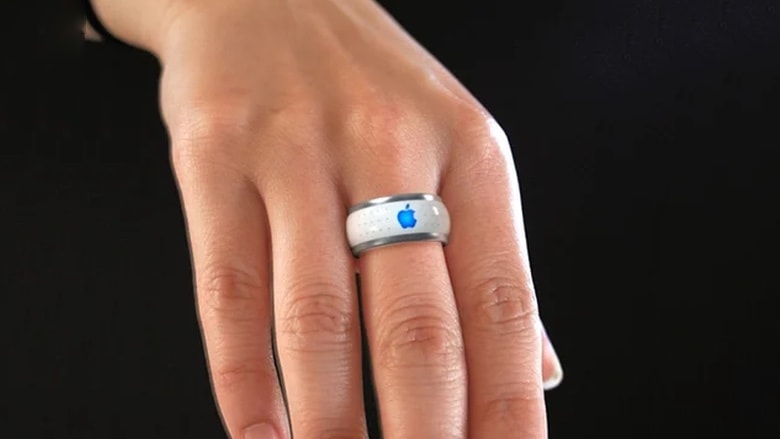Apple’s next new product should be a smart ring. No, not so you can scroll through Instagram on a teeny-tiny display. The Apple Ring would be packed with health sensors that allow wearers to track their exercise and fitness goals while carrying no other device.
It wouldn’t even require developing new technology. All that’s needed is for Apple CEO Tim Cook to make the decision to offer a new type of health tracker.
Samsung unveiled Galaxy Ring on Wednesday, showing that this type of wearable is going mainstream. It’s time for Apple to step in and show its rivals how it should be done.
Apple Ring for health tracking
Apple began building health and wellness features into its products many years ago. An iPhone tracks how many steps the user takes each day, for example. And over the years, Apple Watch added a growing collection of health sensors, to the point that wellness became the primary focus of many people wearing one of the devices.
It’s something the company’s CEO is proud of. “Apple’s largest contribution to mankind will be in improving people’s health and well-being,” Cook told Time in a 2018 interview.
The Apple Ring fits perfectly into Cupertino’s goals to make its customers healthier. It could include a steps tracker, heart rate and blood oxygen sensors, and technology for sleep tracking. None of that requires an engineering breakthrough: The Oura Ring already includes all of these features. So does the new Galaxy Ring.
The look would be simple, as there’s no need for the Apple Ring to have a screen — the device would wirelessly transfer the data it collects to an iPhone. And that would help it go for up to a week on a single charge, as both Samsung’s and Oura’s wearables do. The price can be between $300 and $400 and be completely competitive.
Thinking beyond the wrist
At this point, Apple Watch wearers are surely pointing out that the smartwatch already offers all the sensors proposed for the smart ring. But while that device is as svelte as a useful wrist computer can be, it’s still fairly bulky. Apple Ring would be far smaller and less obtrusive.
Plus, Apple Watch needs frequent charging. It can go 1.5 days without needing to be juiced up. But you can’t use it all day and have it track your sleep cycle all night for days on end. By contrast, you could reasonably expect an Apple Ring to last a week on one charge.
And if you’d prefer to wear another watch, or go without one, you have to forgo most health tracking. Apple Ring could track your heart rate and more while you’re wearing your grandfather’s gold watch or that gorgeous dress that looks wrong with a bulky computer strapped to your wrist.
An Apple Watch alternative, not replacement
To be clear, no one is suggesting dropping Apple Watch in favor of a health-tracking ring. It would be a second option … something the company needs if Cook is actually serious about “improving people’s health and well-being.” Apple should not limit its lineup to only one type of fitness-tracking device.
We know the Mac-maker has been tinkering with the idea of tiny wearables: The company holds patents for smart ring concepts. It’s time to get the Apple Ring out of the lab and onto users’ fingers.
This editorial was originally published in February 2022. It was updated with the launch of Samsung Galaxy Ring.


